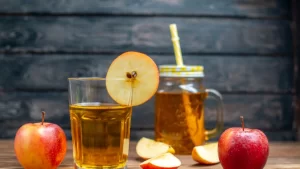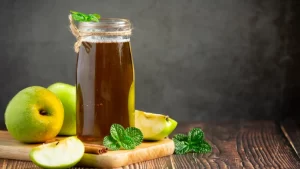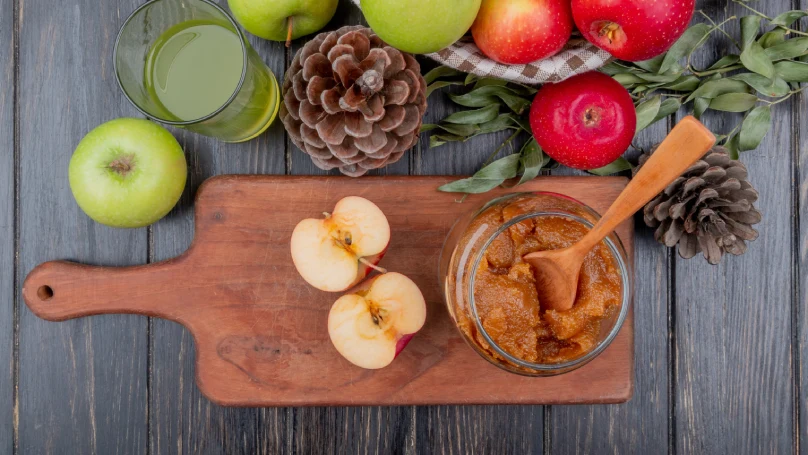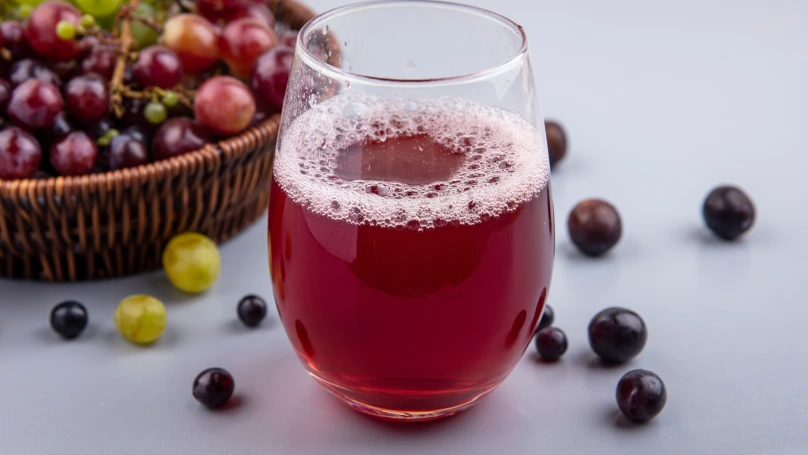With several brands of concentrated orange juice lining the grocery juice shelves, one might wonder if any of them contain pulp. Simply, concentrated orange juice does not have pulp in it. The processing is usually done to exclude pulp and give a fine and smooth result without lumps. To understand this better, let’s explore what concentrated orange juice is, how it’s made, and why pulp content is excluded.
What Is Concentrated Orange Juice?
Concentrated orange juice is produced through the process of removing most of the water content from squeezed orange juice. The volume is reduced to a minimum, which makes the juice easier to transport and store. Consumers then add water to reconstitute it before consumption. The convenient option has found its place in most homes because of its longer shelf life and ease of handling.

Why Doesn’t It Contain Pulp?
Concentrated orange juice is a product of the near-total removal of water content from pure orange juice. This process reduces the volume of juice to a level that is highly convenient for easy transportation and storage. Consumers reconstitute it by adding water before drinking. This option has become preferred in many homes due to its longer storage life and simplicity.
Filtration During Processing:
Concentrated juices undergo several filtration steps to remove pulp and later on water along with other components. This helps create a very smooth texture that appeals to most consumers. In terms of making a smooth concentrate, pulp is regarded as dense and too fibrous to be included as a foreign body.
Shelf Life is Increased:
Moisture and organic stock in pulp can easily spoil juices by accelerating the growth of bacteria. With pulp out of the way, juices’ shelf life is tremendously increased, and storage and transportation can be simplified.
Reconstitution is Easier:
Concentrated juice without pulp is usually easier to reconstitute. This is because the absence of fibrous material allows the juice to mix evenly with water, giving the same taste and texture.
Consumer preferences:
Surveys and market research have shown that many consumers favor pulp-free juice for its smooth and clean consistency. This has motivated manufacturers to develop a uniform pulp-free option in the concentrated juice category.
Economic Efficiency:
Pulp separation in the process ultimately minimizes production and costs in filtration and packaging. It can, nonetheless, be redirected into other uses like animal feeds or flavoring agents thereby adding economic benefit for the manufacturers.
Regulatory and Quality Standards:
Also, several food safety and quality regulations enjoin the removal of pulp and particulates to allow uniform, hygienic production.
Even though some brands would probably re-add pulp into the reconstituted juice for some form of niche marketing, the default with concentrated orange juice is to remain free of pulp for these very practical, economic, and consumer-driven reasons.
Pulp-Free Juice and Nutritional Considerations
The absence of pulp degrades the texture and nutritional value of the juice. Pulp is a source of dietary fiber that enhances digestion and generally provides a more “fresh-squeezed” experience. However, without pulp, concentrated orange juice would still provide some basic vitamins like vitamin C. If it’s dietary fiber, snacking on whole oranges or choosing juices with the label “with pulp” is a better option.
Due to the smooth consistency, most consumers like pulp-free juice, hence the reason why it is the default for most of the concentrated products. Those who like pulp will find some brands offering variants labeled “with pulp,” but such products are fewer in the concentrated juice category. The reason why the pulp-free options dominate the market is because of its convenience and wide appeal.
In summary
As a result, concentrated orange juice does not contain pulp. Manufacturing processes remove the pulp to extend its shelf life and give it a smooth feel and appearance. Although this may be added back for certain varieties, these are much rarer. If the fiber and texture of the pulp is what you want, consider freshly squeezed juices or options that explicitly say “with pulp.”
If you’re seeking a dependable partner for wholesale fruit juice concentrates, we are here to collaborate with you. At tarazfoods, we wholesale fruit juice concentrate supplier suitable for various applications, including jam production, and orange juice concentrate supplier.








